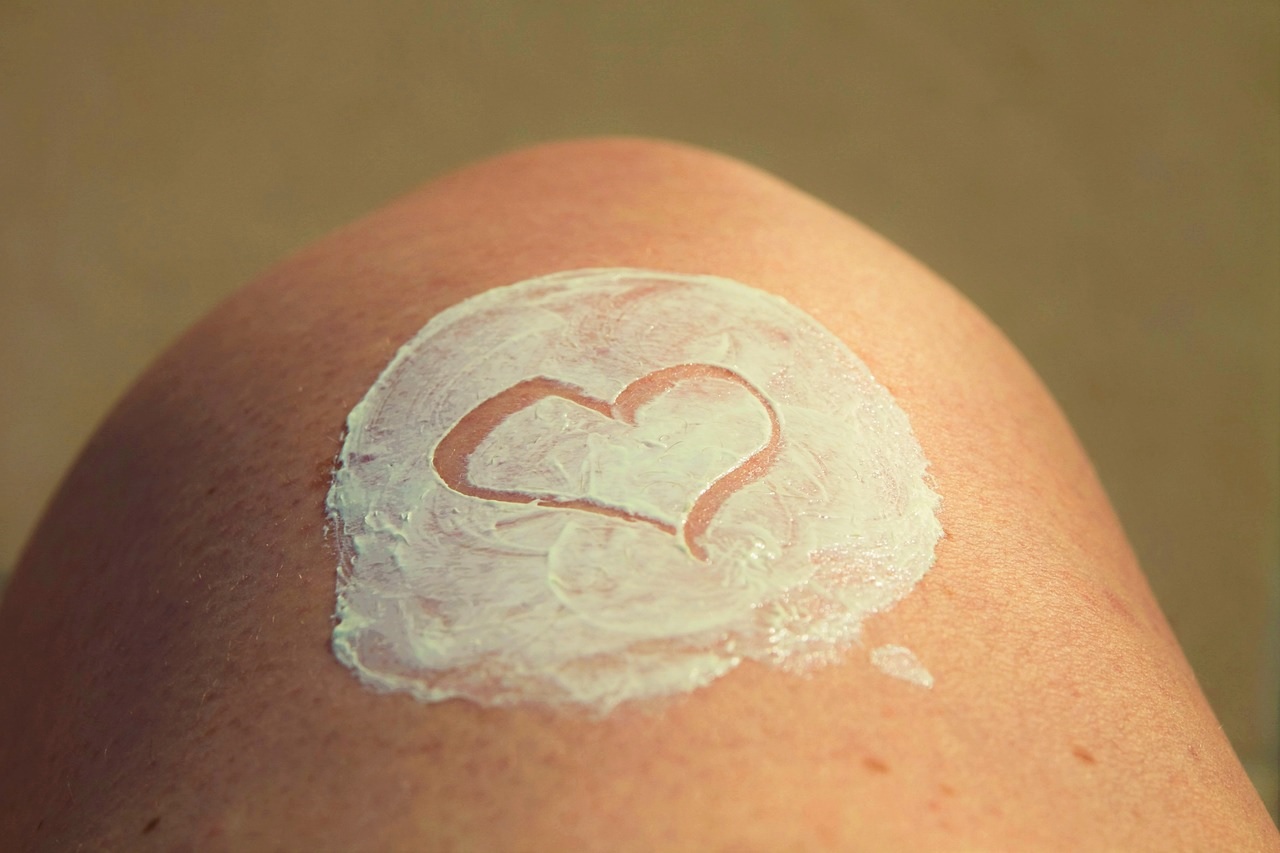It’s summer and you are about to head to the beach. You realize you don’t have any sunscreen at home but know that you can’t go out in the sun without it. You get to the beauty store and feel like it’s maybe time to finally stop reaching for the cheap SPF 50 without even reading the ingredient list and maybe go for something that could be less toxic for your skin. At the end of the day, you do have to use it all summer long. So for those of you who are not familiar with the world of SPF, I am here to clarify and hopefully teach you a thing or two.
First things first, UV filters can be separated into two groups: organic (chemical) and inorganic (physical/mineral). Most known chemical UV filters are octinoxate and oxybenzone (also known as BP-3), while most known mineral UV filters are zinc oxide and titanium dioxide.

Picture source: pixabay.com
There is a growing research and evidence that chemical UV filters have dangerous qualities.
According to the Scientific Committee on Consumer Safety : “The use of BP-3 as a UV-filter up to a maximum concentration of 6% in sunscreen products, either in the form of body cream, sunscreen propellant spray or pump spray, is not safe for the consumer.” [1] See? Aren’t you glad you stopped over to read this blog post?
When BP-3 comes into contact with our skin, it crosses the skin layers, into our bloodstream and comes out with urine. For BP-3, it is also easy to enter the placenta and this might cause complications in the prenatal period. New studies have recognized that BP-3 can have an effect on the embryonic cells and the developing brain. However, the most distressing discovery is that the use of BP-3 correlates with an increased possibility of developmental abnormalities [2]. Moreover, few different studies done in 2020 support previous discoveries that BP-3 can function as an endocrine disruptor and may potentially also amplify the risk of breast cancer and endometriosis [3]. Did just a big NO to chemical filters pop up in your head? That is a good start, but it’s not all, let’s hear about mineral ones.

Picture source: pixabay.com
Zinc oxide and titanium dioxide are mineral UV filters that are used in mineral sunscreens. Nowadays, they are mostly used as nanoparticles. As of now, there is not enough research done to conclude whether nanoparticles can cause serious harm in our bodies, plus there is no evidence that zinc oxide or titanium dioxide can penetrate through our skin in large amounts. The FDA and the European Union have therefore concluded that the two minerals are safe to use. The International Agency for Research on Cancer has a different opinion and classified titanium dioxide as a possible carcinogen if inhaled. This is why spray or powdered forms of care products containing titanium dioxide may be a risk. This can also be said about spray or powder products containing zinc oxide [4]. A lot of information to take in, I know, but it’s all very necessary and …
…we’re not done yet! There is also a detrimental effect on our planet and especially oceans!

Picture source: pixabay.com
Much of research done on UV filters which are used in sunscreens and other cosmetic products, indicates an impact on coral health, from bleaching to increased mortality. Due to these findings, Hawaii took a governmental action, which came into effect in 2021, to ban the two chemical UV filters which are commonly used in sunscreens (and which we talked about) – oxybenzone and octinoxate [5]. As much as we are happy with Hawaii’s decision, mineral UV filters in the likes of zinc oxide, are extremely toxic to corals and aquatic life and yet are still permitted to be used.
Fact sheet on UV filters
What is it:
- chemical UV filters such as octinoxate, oxybenzone (also known as BP-3), octisalate, octocrylene, homosalate and avobenzone
- mineral UV filters are zinc oxide and titanium dioxide
Where can we find it:
- in sunscreens or other products that claim to have SPF
Health effect:
- endocrine disruptor
- increased risk of breast cancer
- benzophenone-3 contributes to an increased risk of developmental abnormalities
- children are most vulnerable
Effect environment:
- both mineral and chemical UV filters have impact on coral health and aquatic life
GS tip: This topic is a very difficult one as it is important to protect ourselves from sun exposure. However, the options on the market aren’t great. The above mentioned chemical filters are bad for us and for the environment, vulnerable are especially children. Mineral filters would be a better choice, however even they are not harmless, especially to aquatic life. The best is to limit the time spent on the sun, if possible using physical barriers – clothing and summer hats. More in our article on sunscreen.
Sources
[1] https://health.ec.europa.eu/system/files/2022-08/sccs_o_247.pdf
[2] https://pubmed.ncbi.nlm.nih.gov/34351731/
[3] https://www.ewg.org/sunscreen/report/the-trouble-with-sunscreen-chemicals/
[4] https://www.ewg.org/sunscreen/report/nanoparticles-in-sunscreen/
[5] https://enveurope.springeropen.com/articles/10.1186/s12302-021-00515-w


0 Comments